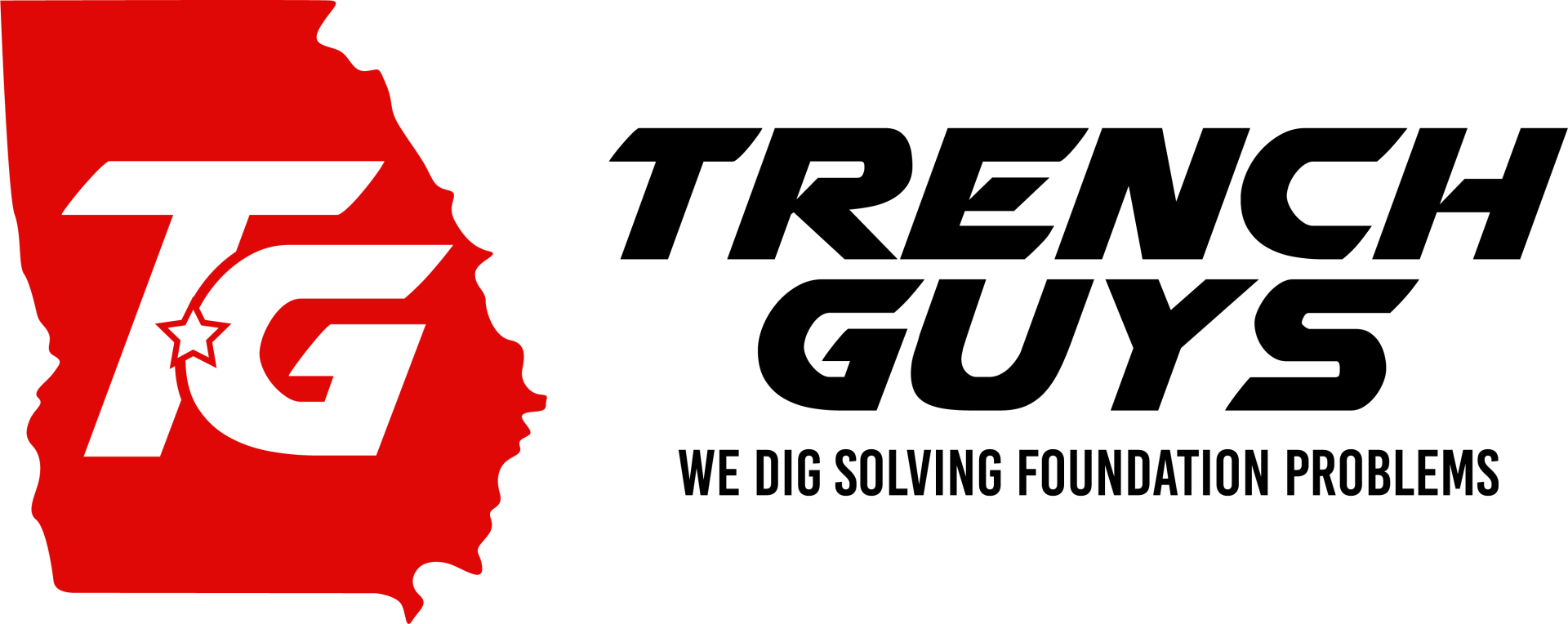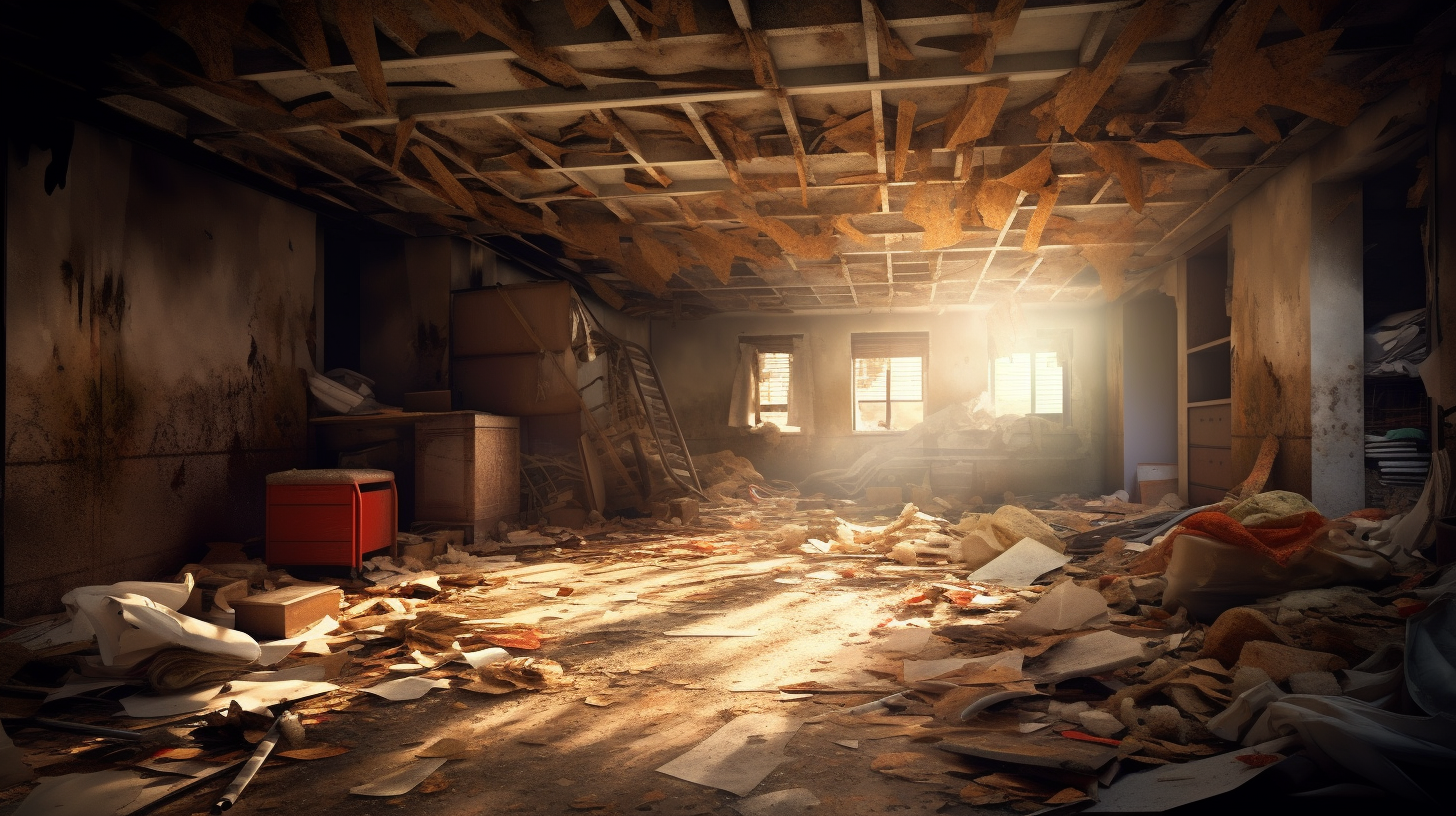Crawl spaces are an integral but often overlooked component of a home’s overall structure. Situated beneath the main living areas, they serve as a buffer zone between the ground and the foundation, playing a critical role in maintaining the stability and longevity of your home.
A well-maintained crawl space supports the foundation by preventing moisture, pests, and environmental elements from compromising structural components. It also houses vital systems such as plumbing, electrical wiring, and HVAC ducts, ensuring their functionality is protected from external conditions. However, neglecting this essential space can lead to issues such as wood rot, mold growth, and weakened structural supports, which may compromise your home’s integrity over time.
This blog explores the importance of crawl spaces, their role in safeguarding your foundation, and the steps you can take to ensure they remain in optimal condition to protect your home for years to come.
Why Proper Drainage is Crucial in Crawl Spaces
Crawl space drainage is a fundamental aspect of home maintenance that directly impacts structural integrity, air quality, and energy efficiency. Proper drainage not only prevents moisture-related problems but also ensures your home remains a safe and comfortable environment for you and your family.
Prevents Water Accumulation
Standing water in a crawl space can cause significant damage over time. One of the most immediate risks is wood rot, which weakens structural components and compromises the stability of your home. Additionally, stagnant water raises humidity levels in the crawl space, creating an ideal environment for mold and mildew to thrive. These issues can escalate quickly if not addressed, making effective drainage a necessity.
Protects Your Foundation
Proper drainage is essential to safeguarding your home’s foundation. Poor drainage can lead to soil erosion around the foundation, which undermines its stability and increases the risk of structural issues. Additionally, water pressure from pooling can cause cracks and shifting in the foundation, leading to costly repairs. Ensuring water is directed away from your home prevents these problems and preserves the integrity of your foundation.
Improves Air Quality
Excess moisture in the crawl space contributes to the growth of mold spores and the development of musty odors that can spread throughout your home. These issues not only affect your crawl space but can also infiltrate your living areas, leading to poor indoor air quality. By maintaining proper drainage, you create a dry environment that minimizes the risk of mold growth and promotes healthier air inside your home.
Enhances Energy Efficiency
A wet crawl space can have a direct impact on your home’s energy efficiency. Moisture-laden crawl spaces tend to cool the floors above, forcing your heating system to work harder and increasing energy costs. Additionally, excessive moisture can reduce the effectiveness of insulation, further exacerbating energy inefficiencies. Keeping the crawl space dry through proper drainage helps maintain insulation performance and reduces energy consumption.
Common Signs of Poor Drainage in Crawl Spaces
Recognizing the signs of poor drainage in your crawl space is essential to addressing issues before they escalate. From visible indicators to structural and environmental problems, understanding these warning signs can help you take proactive steps to protect your home.
Visible Indicators
One of the most noticeable signs of poor drainage in a crawl space is the presence of standing water or damp soil. These visible accumulations often indicate insufficient drainage systems or water infiltration from outside sources. Another common sign is efflorescence, the white, chalky mineral deposits that appear on walls or floors as water evaporates and leaves behind minerals. Additionally, water stains or discoloration on foundation walls can signal that water is consistently seeping into the crawl space, requiring immediate attention.
Structural and Environmental Issues
Poor drainage can lead to significant structural and environmental concerns within your home. Sagging or warped floorboards above the crawl space may indicate prolonged moisture exposure compromising the wood's integrity. Persistent musty odors emanating from the crawl space are another red flag, often pointing to high humidity levels and potential mold growth. Moist environments also attract pests, making infestations a common symptom of inadequate drainage.
Impact on Home Foundation
The effects of poor drainage can extend to your home’s foundation, leading to serious structural problems. Cracks in foundation walls or floors often result from water pressure caused by pooling or inadequate drainage around the foundation. Additionally, structural shifts caused by soil movement can lead to doors and windows sticking or becoming misaligned, signaling the need for immediate intervention to prevent further damage.
Solutions for Improving Crawl Space Drainage
Proper drainage solutions are vital for maintaining a dry, healthy crawl space and protecting your home from moisture-related issues. Implementing both exterior and interior drainage strategies can effectively prevent water accumulation and improve the overall condition of your crawl space.
Exterior Drainage Solutions
Managing water around the exterior of your home is the first line of defense against crawl space moisture. Start by cleaning and maintaining your gutters to ensure they remain free of debris and effectively channel water away from your home. Gutters that overflow or leak can lead to water pooling near the foundation, exacerbating drainage issues. To further redirect water, install downspout extensions that carry runoff at least 6–10 feet away from the foundation, reducing the risk of water infiltration. Additionally, grading the landscape around your home ensures that the soil slopes away from the foundation, preventing water from collecting and seeping into the crawl space.
Interior Drainage Solutions
For water that manages to enter the crawl space, interior drainage solutions can provide effective control. A French drain system involves installing a trench with perforated pipes to channel water out of the crawl space and away from your home. This system is particularly effective for persistent water issues. Sump pumps are another powerful interior solution, designed to pump out accumulated water, especially during heavy rains or flooding. Combining these with a vapor barrier—heavy-duty plastic sheeting laid over the crawl space floor—can significantly reduce ground moisture. For a more comprehensive approach, encapsulation involves sealing the entire crawl space, creating a controlled environment that prevents water vapor and seepage entirely.
Steps for Addressing Drainage Issues During Repairs
Addressing drainage issues in your crawl space is a systematic process that involves identifying the root causes, implementing effective solutions, and preventing future problems. Following these steps ensures a long-term resolution and protects your home from moisture-related damage.
Assess the Situation
Begin by thoroughly inspecting your crawl space to pinpoint water entry points. Look for obvious signs such as foundation cracks, plumbing leaks, or areas where water pools. Using a moisture meter can help you evaluate the extent of dampness in the crawl space and identify less visible problem areas. A detailed assessment provides the foundation for creating an effective repair plan.
Identify the Source of the Problem
Understanding the source of the water issue is crucial for selecting the right solutions. Determine whether the problem stems from poor exterior drainage, such as clogged gutters or inadequate grading, plumbing leaks, or ground seepage. Assess the landscaping and grading around your home to identify contributing factors, such as sloping soil that directs water toward the foundation.
Implement Drainage Solutions
Address exterior drainage issues first, as they are often the primary cause of water infiltration. Clean and repair gutters, install downspout extensions, and regrade the soil around your foundation to direct water away. For persistent or severe issues, install interior drainage systems such as French drains to channel water out of the crawl space or a sump pump to remove accumulated water. Combining these solutions creates a comprehensive approach to controlling crawl space moisture.
Repair and Prevent Future Issues
Once drainage solutions are in place, repair existing damage and take steps to prevent future problems. Seal foundation cracks with waterproof sealant to stop water from seeping in. Install a vapor barrier or encapsulation system to create a moisture-controlled environment in the crawl space. Regularly inspect and maintain your drainage systems to ensure they remain effective and provide ongoing protection for your home.
Maintenance Tips for Effective Drainage
Consistent maintenance is essential for ensuring your crawl space drainage systems remain effective over time. By conducting regular inspections, preparing for seasonal changes, and monitoring humidity levels, you can protect your home from moisture-related damage and maintain a dry and healthy environment.
Regular Inspections
Perform routine inspections of your drainage systems, including gutters, downspouts, and any interior solutions like French drains or sump pumps. Check for blockages, leaks, or other damage that could compromise their functionality. Additionally, inspect your crawl space regularly for signs of new water intrusion, such as damp soil, standing water, or increased moisture buildup. Early detection of issues allows for quick and cost-effective repairs.
Seasonal Preparations
Before the rainy season, clean your gutters thoroughly to remove leaves and debris that could block water flow. Test your sump pump to ensure it is in proper working condition and ready to handle increased water levels during heavy rains. After significant rainfall, confirm that the grading around your home is still sloped away from the foundation, as shifting soil can affect water drainage.
Monitor Humidity Levels
Maintaining appropriate humidity levels in your crawl space is a critical part of moisture control. Use a hygrometer to monitor humidity and ensure it stays below 60%, the threshold for preventing mold and mildew growth. If humidity levels rise, consider installing or adjusting a dehumidifier to stabilize the environment. Proper humidity control not only supports drainage efforts but also helps improve air quality and energy efficiency in your home.
FAQs
Contact Trench Guys Today!
Trench Guys will do everything we can to ensure your experience with us is excellent.
Request A FREE Estimate
Request a Free Estimate Form
Checkout Recent Post
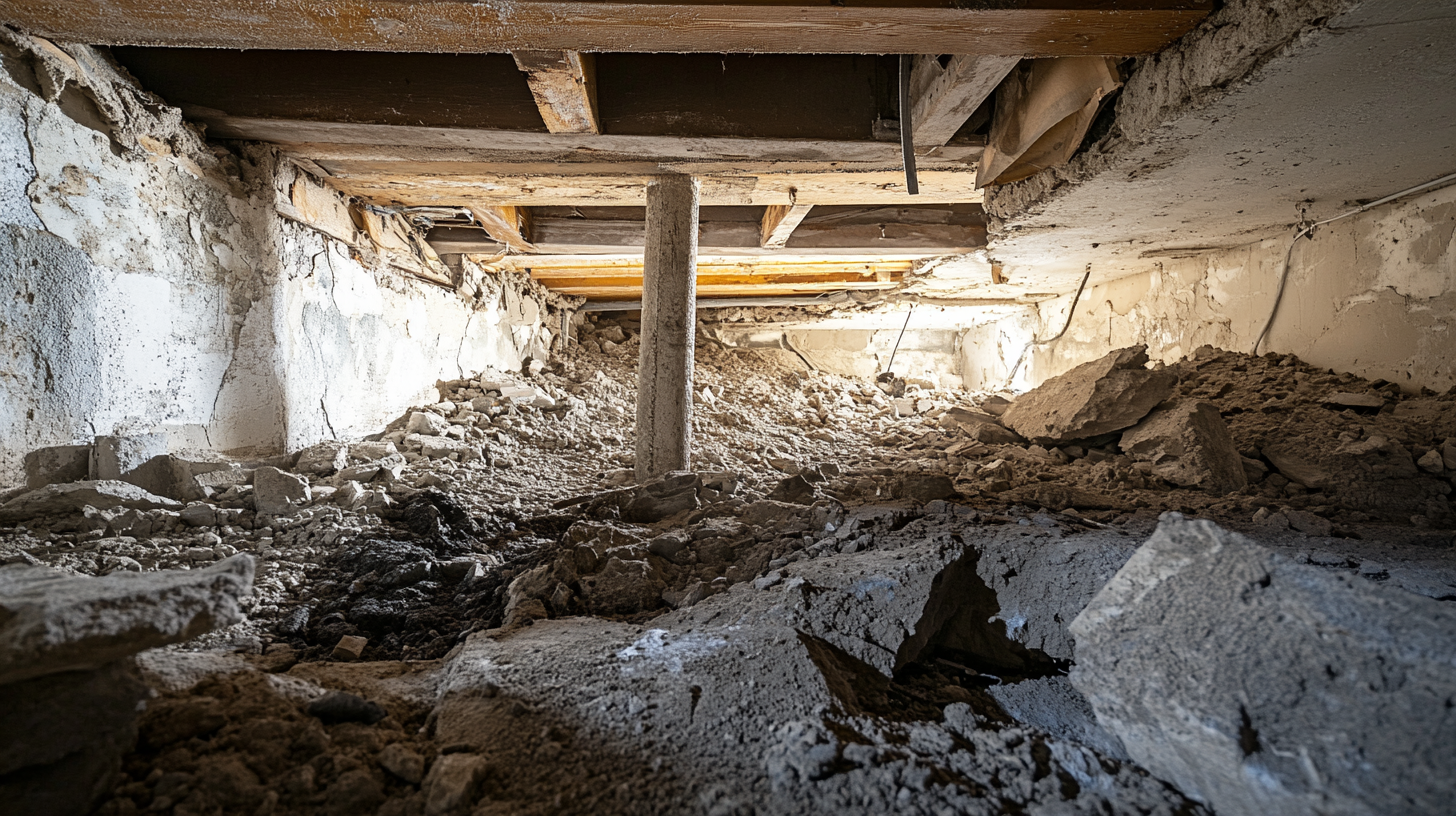

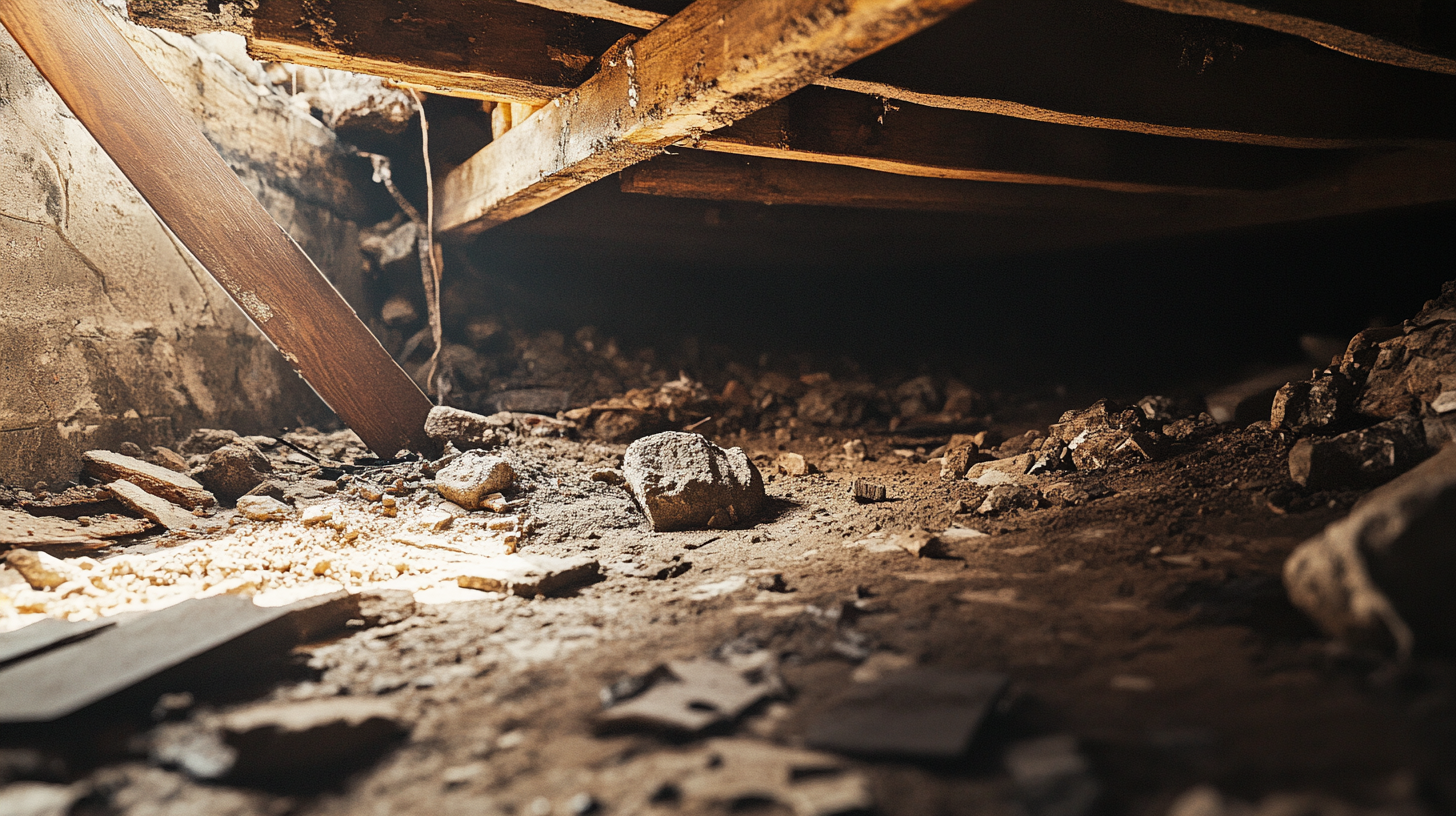
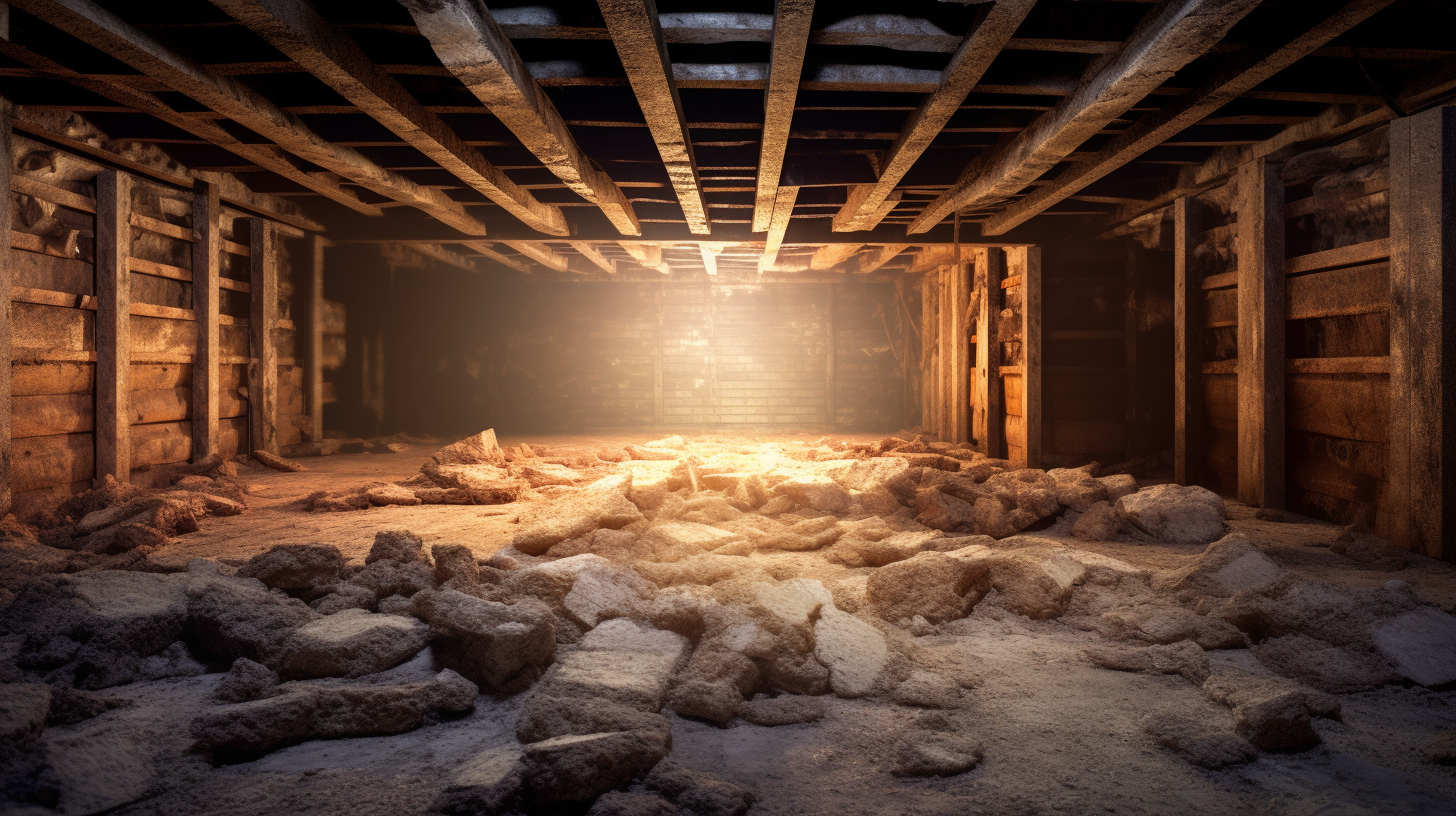
Got a Question? We’re Here to Help.
You can arrange an appointment or make an enquiry by phone or email, orget in touch to us via our contact form.
